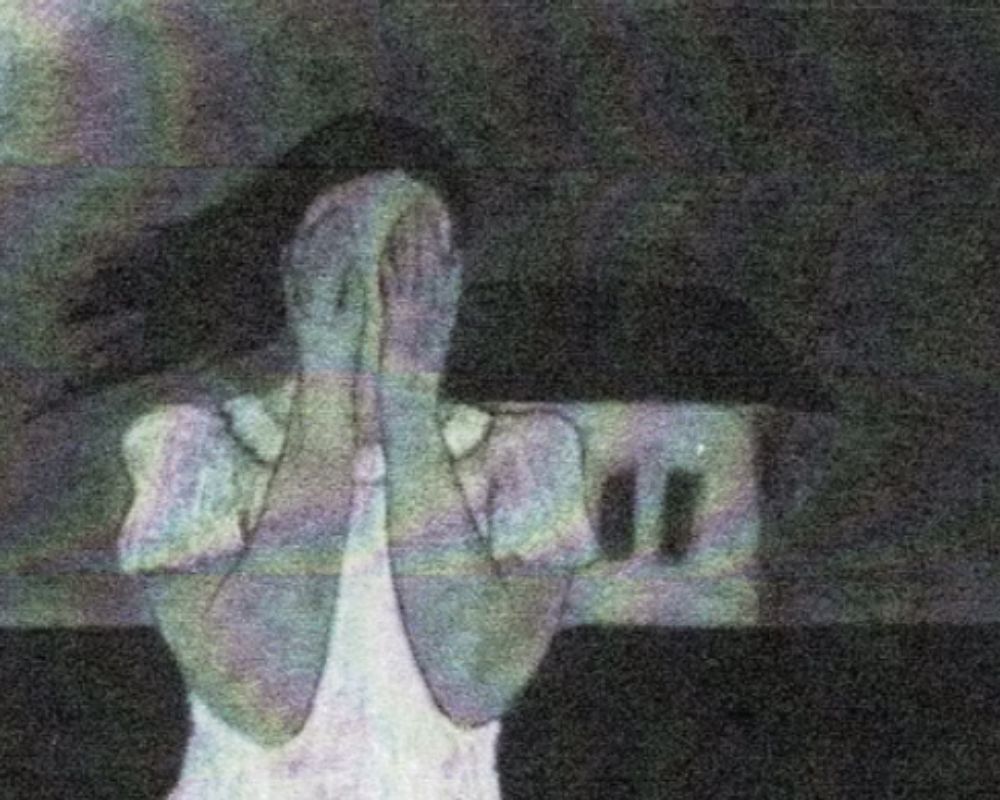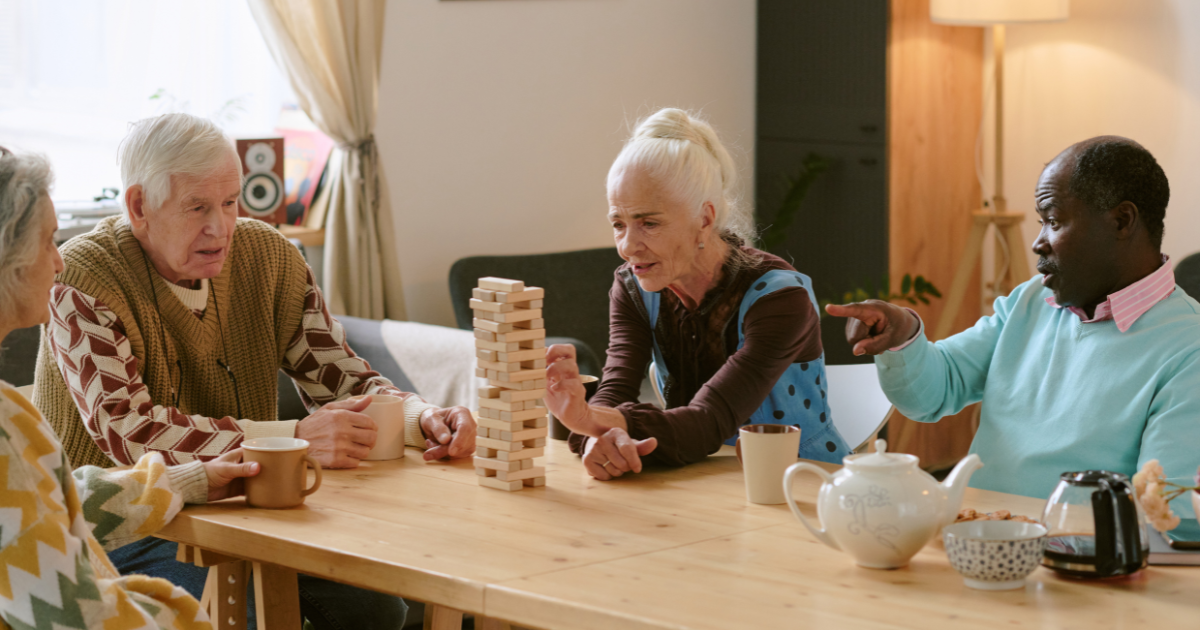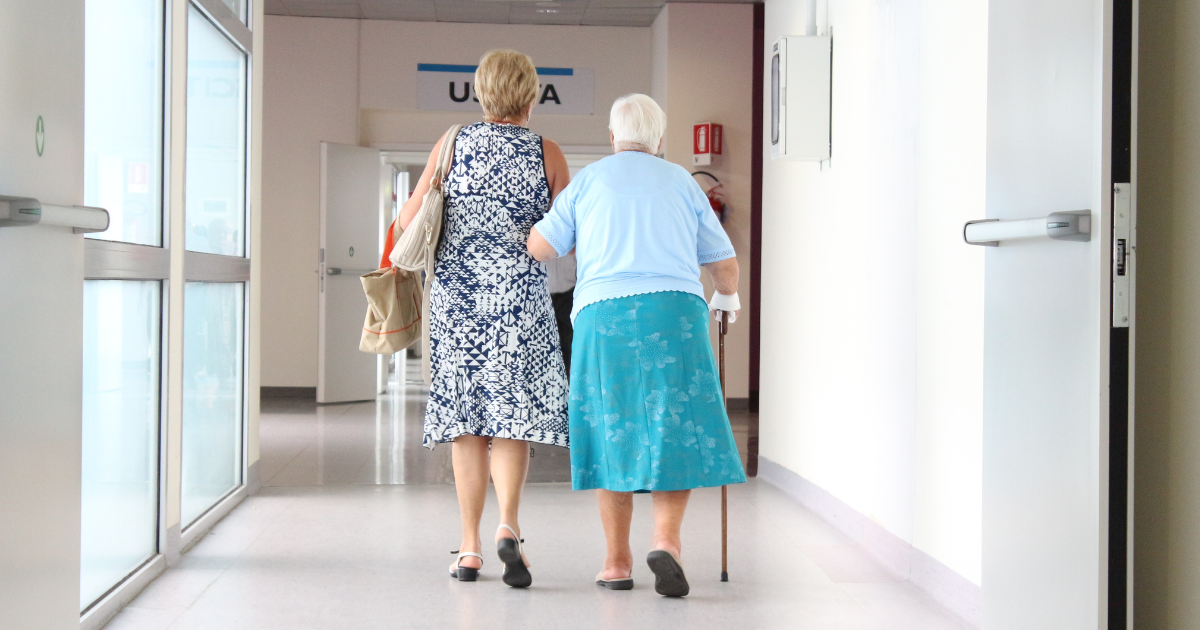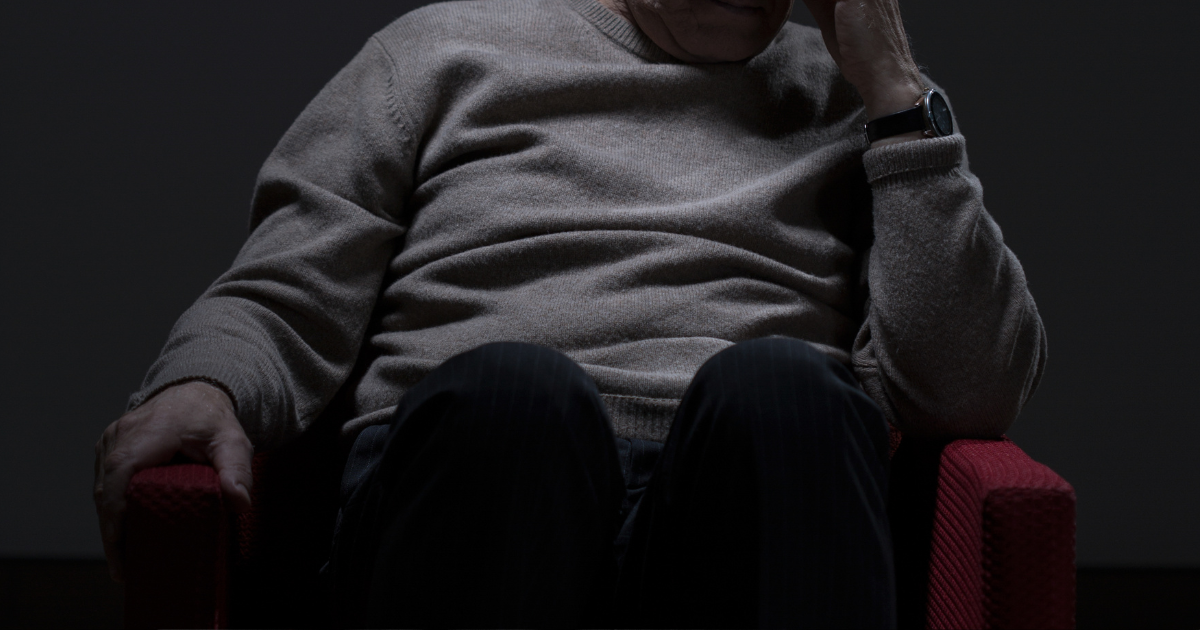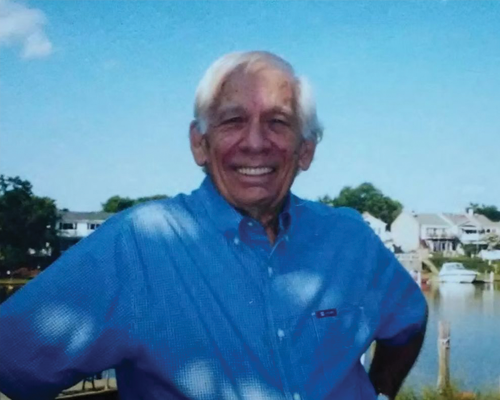What is Emotional Elder Abuse by a Family Member?
When you think of elder abuse, images of physical harm or financial exploitation might come to mind. However, there’s another form that can be just as devastating, and often less visible: emotional elder abuse by a family member. Read on as we explore what it looks like, how to identify it, and what you can do if you suspect it’s happening in your loved one’s life.
What is emotional elder abuse by a family member?
Emotional elder abuse occurs when an older adult is subjected to verbal, non-verbal or psychological mistreatment by someone in a position of trust (most often a family member or caregiver). When that trusted person is a family member, the dynamics can become especially complex: the older adult may feel loyalty, guilt, fear or confusion, making it harder to speak up or to recognize the abuse.
Here are some key elements of emotional elder abuse:
- The acts inflict emotional pain, distress or anguish (rather than, or in addition to, physical harm).
- It can be verbal (yelling, belittling, threatening) or non-verbal (ignoring, isolating, instilling fear).
- It often occurs within a relationship where there is expectation of trust (such as family).
- The older person’s dignity, autonomy or self-worth is undermined.
In short, when a family member uses their position of trust to control, demean, isolate or psychologically harm their elderly relative, that is emotional elder abuse by a family member.
Why is emotional elder abuse a serious issue?
- According to the World Health Organization (WHO), about 1 in 6 people aged 60+ experienced some form of elder abuse in the past year. Among these, psychological or emotional abuse is one of the more common types.
- Although emotional abuse doesn’t leave visible bruises, it can erode mental health, often leading to depression, anxiety, fear, withdrawal and even increased risk of physical harm.
- When the abuser is a family member, the older adult may feel trapped by social, emotional or financial ties, making detection and intervention even harder.
- Emotional abuse may accompany or precede other forms of abuse (physical, financial, neglect), so recognizing it early is crucial.
How to spot emotional elder abuse by a family member
Recognizing emotional elder abuse can be tricky because there may be no visible physical signs. But there are warning indicators to watch out for. Below are some of the most common signs.
Behavioral & emotional cues:
- The older person appears withdrawn, unusually quiet or fearful around a particular family member.
- They show signs of depression, anxiety, low self-esteem or sudden mood swings.
- They avoid eye contact, seem reluctant to speak openly, or become passive when the family member is present.
- The older adult may say things like “I’m sorry,” “I don’t want to bother anyone,” or show guilt/shame about raising concerns.
Relational & social cues:
- A family member consistently isolates the older relative from friends, other family, or outside activities.
- The older adult is prevented from making decisions or doing things they used to do freely. Control over social contact, finances, or daily activities may be restricted.
- The relative or caregiver uses humiliation, insults, name-calling, threats, or strong-arming tactics.
- The older person may change living habits (sleeping, eating), show signs of self-neglect, or avoid certain family interactions.
Environmental & context cues:
- The relationship shows continuous friction, secrecy or a power imbalance, especially if the caregiver is resentful, stressed or dependent on the older adult.
- The elder’s home life feels tense, hostile or overly controlled rather than comfortable and respectful.
- You may observe the older adult acting out of character, such as being unusually clingy, irritable or fearful.
If you notice one or more of these indicators, and especially if you can’t explain the changes by purely medical causes, it’s worth taking a deeper look and considering help.
What to do if you suspect emotional elder abuse by a family member
Identifying emotional abuse is the first step. The next step is taking safe, decisive action.
Step 1: Talk and document
- Approach your elderly loved one (when safe, when the abuser is not present) and gently ask how they’re doing and whether they feel respected and heard.
- Record changes you’ve observed: emotional state, behaviors, living situation, who is present, any statements the older person makes about being upset or scared.
- Keep track of incidents (dates, what happened, who was involved). This documentation can help if you need further intervention.
Step 2: Provide support & ensure safety
- Reassure your elderly loved one that you’re there to help and that their feelings matter. Often emotional abuse thrives on isolation and silence.
- Encourage them to maintain or regain connections with friends, other family members, community or faith groups—reducing isolation is key. We like to call these circles of safety and connection.
- If possible, help arrange alternative caregiving or living arrangements. If the abusive family member is the sole caregiver, the older adult may need a safe, neutral contact or respite.
Step 3: Use professional and legal resources
- Contact your local adult protective services agency or elder-abuse hotline. Many states provide free, confidential support.
- If the abuse is severe or accompanied by physical harm or financial exploitation, law enforcement may need to be involved.
- Consult with legal professionals experienced in elder-abuse cases—especially if you’re dealing with guardianship issues, finances or housing concerns.
- For more information or support resources, consider organizations such as the National Center on Elder Abuse (NCEA) or local elder-care networks.
Step 4: Prevention and ongoing vigilance
- Families and caregivers should be educated about what constitutes respectful elder care: listening, preserving autonomy, providing choices, avoiding shame, humiliation or isolation.
- Regular check-ins by trusted friends, family or professionals can help keep an older adult connected and visible. Remember: abuse often hides when the elder is isolated.
- Encourage elders to maintain social activities, hobbies, friendships, and as much independence as they safely can for emotional resilience.
- If you or other family members are caregiving, address caregiver stress early. Overwhelmed caregivers may unintentionally cross boundaries into abusive behaviors; ensuring they have support, respite and training can help.
In conclusion, why this matters
Emotional elder abuse by a family member is about a trusted family member undermining an elder’s safety, dignity and well-being. The betrayal often runs deep, making recovery and accountability more complicated.
By shining a light on this less visible form of abuse, we empower families, caregivers and communities to see the signs, take action, and foster safe relationships where our aging loved ones are valued, respected and protected.
Elder abuse in any form is unacceptable, and emotional abuse, while less visible, can leave deep wounds that endure. If you suspect it might be happening in your family, remember: you are not alone, help is available, and speaking up can make a profound difference.


